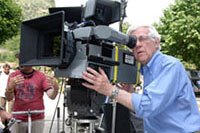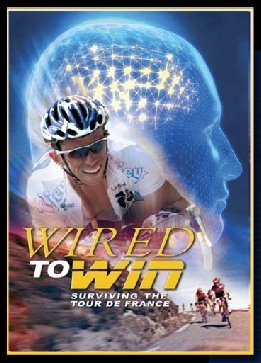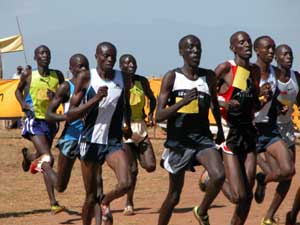My highest recorded Normalized Power (NP) for one hour is 271 watts (225 average). This was done Oct. 2nd 2004 during a group ride. During this period it was common for my 1 NP to be ~255. Earlier this month I did 259 during a Saturday ride.
How many times a week should during winter should threshold work be done? I thought the focus of winter training was to raise aerobic capacity (base as they call it)?
Threshold Power == 247-285 which *is* impossible on my trainer.
Threshold workout might consist of:
2 weeks of 2 x 15 @ 260 watts w/ 1 minute rest interval
2 weeks of 3 x 15 @ 260 watts w/ 1 minute rest interval
2 weeks of 2 x 20 @ 260 watts w/ 5 minute rest interval
Coggan did 12 weeks of 2 x 20 and raised his FT.
Coggan Notes
-------------------
There's absolutely nothing magic about 20 min efforts
There's a zillion possible ways inducing the same physiological adaptations:
1) keep the efforts at least 15 min in duration, or
2) keep the rest periods between them very short (i.e., 1 min or less).
For example, for that same hour of training you could do 4 x 15 min or 2 x 30 min instead of 3 x 20 min, or you could do 12 x 5 min/1 min. Or, you could lower the intensity a bit (not a lot) and stretch the duration out to 90-120 min...whatever works for you.
BTW, this morning I did 1 x 30 min at an IF of ~0.9 followed by 4 x 5 min/1 min at an IF of 1.0 (for the on periods). With warm-up and cool-down I got in 50 min of level 4 training and was on and off the trainer in just over 60 min.
Efforts of less than ~15 min duration aren't as effective at raising functional threshold power as longer (e.g., 20+ min) efforts unless you keep the rest period between them very short, so as to basically trick your physiology into thinking it is one continuous effort. As for the total amount of time, you should usually aim for something in the 30-60 min range...less than that, and you aren't doing as much as you could, whereas more than that, you'll probably either have to lower the intensity too much and/or will be too fatigued to train productively the following day. (You could, however, probably do as much as 90 min of level 4 training - e.g., 3 x 30 min - if you kept the intensity at the very bottom of the range. In most cases, though, I think you're better off during such workouts by keeping the intensity a bit higher and hence the duration a bit shorter...if you feel the need to "dig deeper" you can always sandwich the level 4 efforts with plenty of level 2 training, and/or just do an extended level 3 ride.)
Sweet Sport Hypothesis
The sweet spot *hypothesis* can be stated this way: for a given recovery
"cost", you can do so much more level 3 than level 4 that the overall
"dose" of training you can absorb tends to be slightly or somewhat
greater. Keep in mind, however, that this is really just a hypothesis,
and that at some point you have to up the intensity to satisfy the
overload principle.






